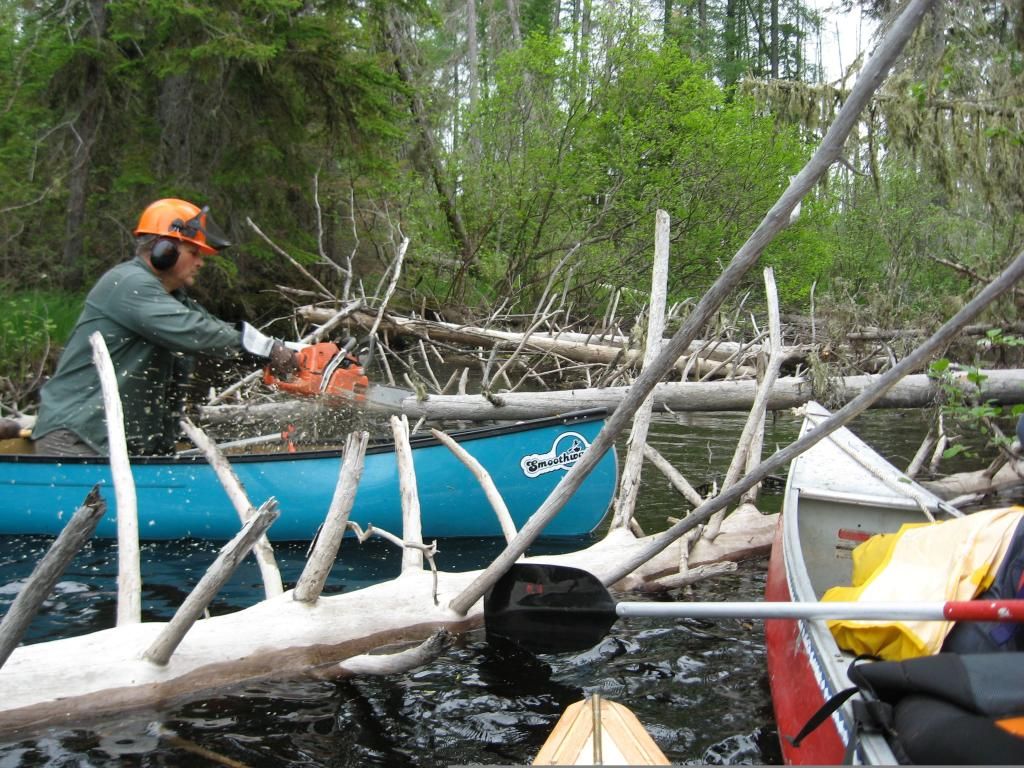"They cut out the strainer in question, and several others as well. And hooted about their efforts on a local paddling board. The guy who runs a nearby fly shop got wind of it, copied their posts and began a crusade involving the DNR, fishing groups and the media."
My guess is the trout used those strainers as hiding locations so once they were gone, the fish were too. That would definitely upset a fly fishing individual.
It was that, and more. It is a “Blue Ribbon” trout stream, and somewhat of a local economic engine. The top 3 miles is a Class 3 when it runs and the next 15 miles or so are a lovely Class 1novice run. It is largely fed from tubes at the bottom of a reservoir dam, so it is cool in the summer and rarely freezes over in the winter.
Trout are dependent on cool water temps. In drought years, when the State can barely sustain minimum water flows the temp can get high enough for die offs. Every bit of shade helps.
The Class 1 parts are also uber tuber popular on hot summer days. All of which is to say that there are overpopulation use conflicts. Hell, I refuse to paddle it in summer unless I put in at dawn and I’m off before noon.
Of course in that dawn guise I see a lot of guys with fly rods. I try to paddle as quietly as possible, maybe with a little throat clear so they look my way upstream and I can make eye contact, point left and right and shrug “Which way would you like me to go?”.
No good deed goes unpunished.
In this case the punishment was unintended consequences. It was a freaking brouhaha, not just in the local papers but in the metro daily, complete with “after” photos. The “perps” got off with a wrist slap reprimand and bad press for the club.
The unintended consequences were more severe. A local nature center/Boy Scout troop used to keep the Class 1 section clear of hazardous strainers, and did so responsibly; sawing out current-side passages in big logs that spanned the river and clearing openings in the places that always develop strainer debris piles.
Not so much anymore. Stretches that used to be an effortless float with some modicum of boat control now require multiple hauls around river-wide strainers.
That consequence did reduce the number of novice paddlers, and taught others a lesson.
Too many people.

